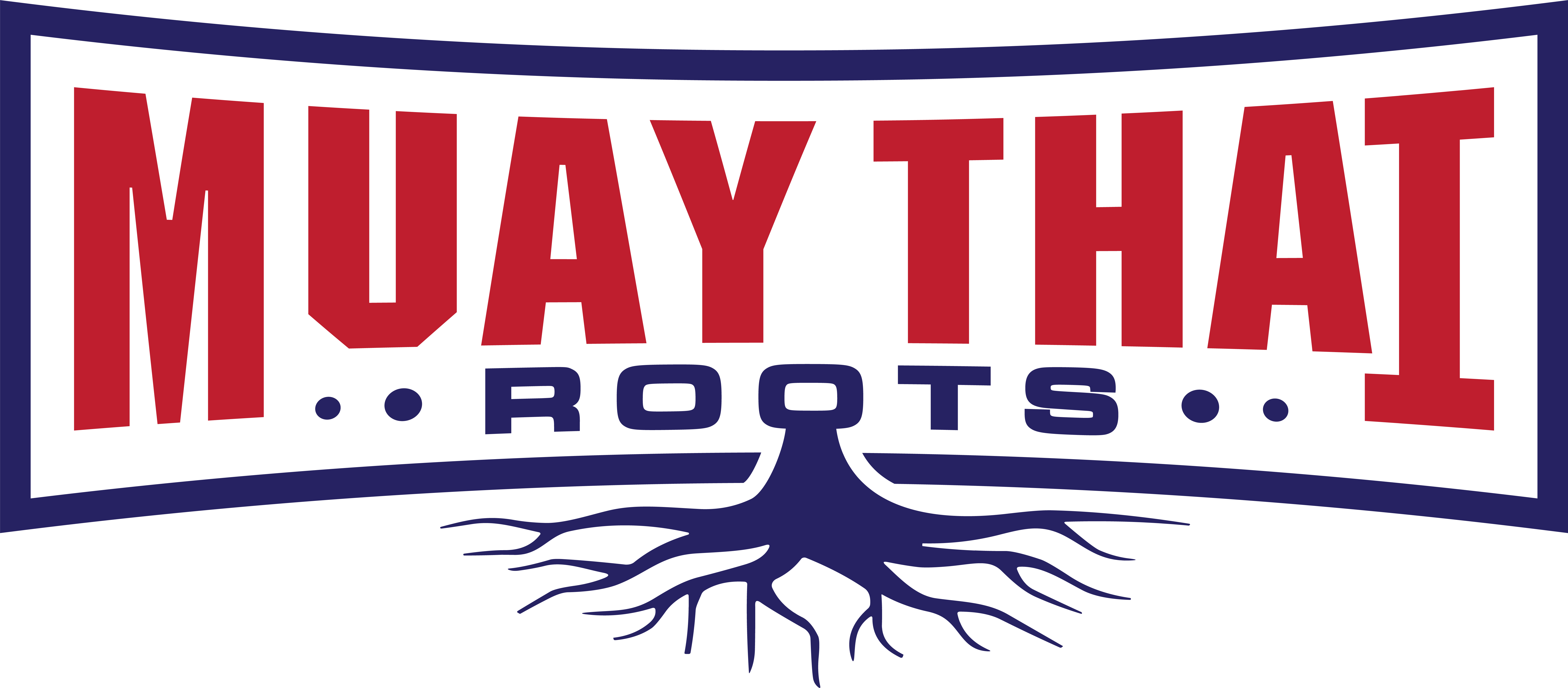Muay Thai, also known as the "Art of Eight Limbs," is a dynamic and powerful martial art originating from Thailand. Known for its use of punches, kicks, elbows, and knees, it combines technical skill, physical conditioning, and mental discipline. Whether you’re a beginner stepping into your first gym or an experienced martial artist seeking to refine your knowledge, understanding the fundamentals is crucial. This guide provides an in-depth look at the essential elements of Muay Thai.
1. History and Philosophy of Muay Thai
Understanding the roots of Muay Thai enriches your practice. Historically developed for self-defense and military training, Muay Thai became a sport celebrated for its discipline and respect. Its philosophy emphasizes:
-
Respect: Bowing to instructors, training partners, and the gym.
-
Discipline: Commitment to training and improvement.
-
Honor: Representing your gym and teachers with integrity.
2. Basic Stance and Footwork
A strong foundation begins with the proper stance and footwork. The stance ensures balance, mobility, and readiness for attack and defense.
Stance
-
Feet: Shoulder-width apart, with the rear foot slightly raised.
-
Hands: Held high to protect the head, elbows close to the body.
-
Chin: Tucked down slightly for protection.
Footwork
-
Movement: Stay light on your feet, moving on the balls of your feet.
-
Direction: Step forward, backward, or laterally in small, controlled movements.
-
Drills: Practice shadowboxing or cone drills to improve agility.
3. Striking Techniques
Muay Thai incorporates eight primary striking tools: fists, elbows, knees, and shins. Here’s a breakdown of fundamental strikes:
Punches
-
Jab: A quick, straight punch from the lead hand.
-
Cross: A powerful straight punch from the rear hand.
-
Hook: A circular punch aimed at the opponent’s jaw or body.
-
Uppercut: An upward punch targeting the chin.
Kicks
-
Roundhouse Kick: Delivered with the shin, targeting the thigh, body, or head.
-
Teep (Push Kick): A defensive kick to keep opponents at bay.
-
Low Kick: Aimed at the opponent’s thigh to disrupt their balance.
Elbows
-
Horizontal Elbow: Sweeping across the opponent’s face or head.
-
Downward Elbow: A strike aimed downward, often used in close range.
Knees
-
Straight Knee: Aimed at the opponent’s midsection or chest.
-
Diagonal Knee: Angled strike for close-range attacks.

4. Defensive Techniques
Defense is as critical as offense. Fundamental defensive skills include blocking, parrying, and evading strikes.
Blocks
-
High Block: Raise your arm to shield against punches and kicks to the head.
-
Low Block: Lower your arm or shin to defend against low kicks.
Evasion
-
Slip: Move your head off the centerline to avoid punches.
-
Lean Back: Lean away to dodge high kicks.
Parry
-
Use your hands to redirect punches or kicks away from your centerline.
5. Clinching
The clinch is a hallmark of Muay Thai, allowing fighters to control their opponents while delivering knees, elbows, and sweeps.
Key Techniques
-
Control: Use your arms to secure a strong grip around the opponent’s head or body.
-
Knees: Fire rapid or powerful knees while maintaining balance.
-
Sweeps: Disrupt the opponent’s footing to gain dominance.
Drills
-
Partner drills focusing on grip strength, balance, and knee strikes.
6. Conditioning
Muay Thai demands peak physical fitness. Training builds endurance, strength, and resilience.
Essential Components
-
Cardio: Running, skipping rope, or pad work.
-
Strength Training: Bodyweight exercises like push-ups, pull-ups, and squats.
-
Shin Conditioning: Regularly kicking pads or bags to strengthen the shins.
7. Training Gear
Equipping yourself with the right gear ensures safety and performance.
Basics
-
Gloves: Well-padded gloves suited for training or sparring.
-
Hand Wraps: Protect the wrists and knuckles.
-
Shin Guards: Shield the shins during sparring.
-
Mouthguard: Protects teeth and reduces injury risk.
Recommendations
-
Look for durable, high-quality gear like those from Fairtex or other reputable brands.
8. Sparring and Ring Etiquette
Sparring hones skills and prepares you for competition. Proper etiquette ensures a respectful and productive environment.
Sparring Tips
-
Focus on technique over power.
-
Communicate with your partner about intensity levels.
-
Always wear protective gear.
Etiquette
-
Bow before entering the ring.
-
Show respect to trainers and sparring partners.
9. Mental Preparation
Success in Muay Thai requires mental strength.
Key Practices
-
Meditation: Improves focus and reduces stress.
-
Visualization: Mentally rehearse techniques and scenarios.
-
Resilience: Embrace challenges and learn from setbacks.
10. Progressing in Muay Thai
As you advance, set goals to keep improving.
-
Compete in amateur or professional bouts.
-
Refine advanced techniques like spinning strikes.
-
Study Muay Thai culture and strategy.
Finding a Gym
Choose a gym that emphasizes proper instruction and a supportive atmosphere.
Joining the Community
Participate in events, seminars, and online forums to connect with fellow practitioners.





